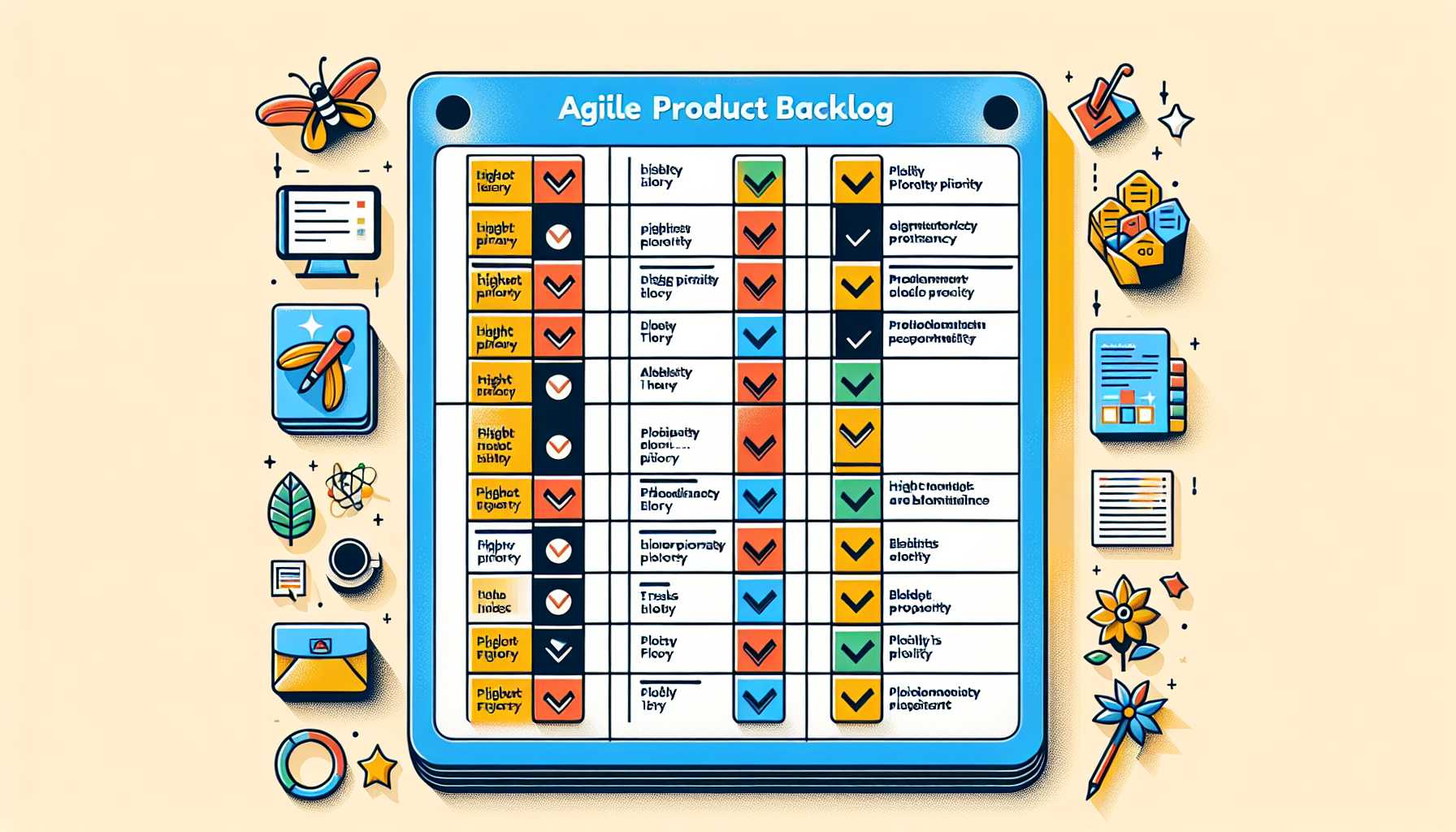Welcome back to our series where we dive deep into the granular aspects of product management. Today’s topic is one close to the heart of any agile team: Backlog Grooming. If you’ve ever faced a cluttered, overwhelming product backlog, you know the dread that it can inspire. How do you transform this beast into a prioritized, actionable plan that drives your product forward? Let’s unpack my personal strategies for effective backlog grooming, drawn from battle-tested experiences.

Understanding Backlog Grooming
Before we dive into strategies, let’s recap what backlog grooming (or refinement) involves. It’s the ongoing process of reviewing, updating, and prioritizing product backlog items. It’s about making sure each backlog item is clear, actionable, and aligned with the product’s strategic goals. Now, let’s get into how to do this effectively.
1. Consistency is Key
Firstly, grooming should be a regular, scheduled event. In my tenure, I’ve seen backlogs turn into graveyards of good intentions because teams treated grooming as an afterthought. It’s crucial to set a recurring schedule for grooming sessions – whether it’s weekly or bi-weekly – to ensure continuous refinement.
2. The DEEP Principle
Bill Wake’s DEEP concept has been a personal roadmap for keeping my backlogs in check. DEEP stands for:
- Detailed appropriately: We ensure that items at the top of the backlog are well-understood and ready for delivery, while items lower down may be less defined.
- Estimated: The team should estimate each item to understand its complexity and size.
- Emergent: The backlog is dynamic, with new items added as needed.
- Prioritized: Items must be ordered by their value, risk, and necessity.
3. Embrace the Three Cs
Ron Jeffries’ Three Cs model for user stories – Card, Conversation, Confirmation – is a staple in grooming. Each item should have a card (or a digital equivalent) that encompasses its essence. The conversation piece is where the team discusses and refines the item. Lastly, confirmation ensures that everyone has a shared understanding of the item’s acceptance criteria. Applying this model smoothes out ambiguity and creates a shared understanding among the team.
4. Prioritize Ruthlessly
From my own scars and triumphs, I’ve learnt that prioritization is a survival skill in product management. The Kano Model, MoSCoW method, and the Value vs. Effort matrix are some of the frameworks I’ve utilized to steer this process. Importantly, keep questioning the “why” behind every item’s priority.
5. Involve the Right People
Successful grooming is a team sport. Having the right mix of team members – including developers, testers, designers, and stakeholders – contributes diverse perspectives and expertise. However, don’t overcrowd the session. Too many voices can be counterproductive.
6. Narrow the Focus
One of the common pitfalls I’ve seen – and admittedly fallen into – is attempting to groom the entire backlog in one go. Focus on the immediate and near-term items (usually the next 2-3 sprints worth of work) to keep the session manageable
.
7. Definition of Ready (DoR)
Introducing a DoR was a game-changer in my career. This checklist ensures that no item enters the sprint unless certain criteria are met, reducing the risk of sprint disruptions due to unready work.
8. Tools and Technology
Don’t underestimate the power of tooling. Having used various platforms like JIRA, Trello, and Asana, I’ve seen how they can facilitate backlog grooming, foster transparency, and keep everyone on the same page.
9. Visualize and Model
Visual modeling techniques like user story mapping or impact mapping provide a macro view of the project, helping to ensure alignment and uncover dependencies.
10. Lean on Metrics
Finally, metrics are pivotal. Lead time, cycle time, burndown charts, and velocity measurements – these have been lanterns in the fog, illuminating whether the backlog and, consequently, the sprints are healthy.
In conclusion, effective backlog grooming is part art, part science. It’s a continuous, collaborative effort that requires diligence, strategic thinking, and the right frameworks and tools – qualities I’ve honed across numerous successful (and a few not-so-successful) products.
What are your favorite backlog grooming strategies? Share your thoughts and experiences, and let’s continue to learn from each other.
